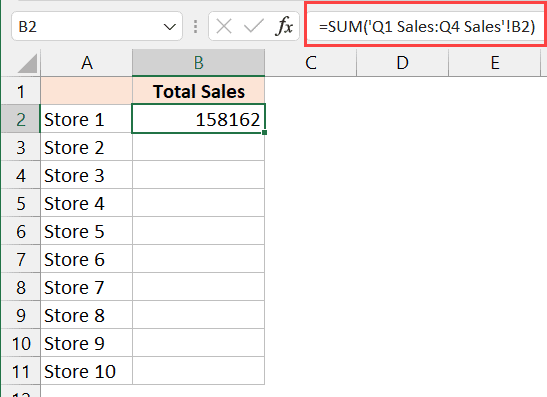Insert Multiple Sheets in Excel 2010 Easily

In the digital age, Microsoft Excel has become an indispensable tool for businesses, educators, and analysts for data management and analysis. Whether you're compiling sales reports, managing budget sheets, or organizing project plans, Excel's workbook structure allows for meticulous organization. But what if your project spans multiple sheets within a single workbook? How can you add and manage these sheets effortlessly? This guide is designed to walk you through the process of inserting multiple sheets in Excel 2010, enhancing your productivity.
Understanding Excel’s Workbook Structure

Before diving into the steps, it’s essential to understand Excel’s workbook structure. A workbook in Excel is a file containing one or more spreadsheets (or sheets). Each sheet is tabbed at the bottom of the Excel window, allowing users to switch between datasets easily. Here’s what you need to know:
- Worksheet: The grid of rows and columns where data is entered.
- Workbook: The file containing one or more worksheets.
- Sheet Tabs: The clickable labels at the bottom of the Excel window used to navigate between sheets.
Inserting a Single Sheet

Let’s start with the basics. If you need just one additional sheet, follow these simple steps:
- Right-click on an existing sheet tab.
- Select Insert from the context menu.
- In the dialog box, choose Worksheet and click OK.
🔍 Note: If your Excel workbook contains VBA macros, adding sheets can impact the functionality of your macros.
Inserting Multiple Sheets at Once

Now, to insert multiple sheets simultaneously:
- Select the sheet tabs where you want the new sheets to appear.
- Right-click on one of the selected tabs.
- Click on Insert.
- Choose Worksheet in the dialog box and hit OK. Excel will insert one new sheet for each tab you’ve selected.
Here's a table to summarize the steps for both single and multiple sheet insertions:
| Action | Steps |
|---|---|
| Single Sheet |
|
| Multiple Sheets |
|

Advanced Sheet Insertion Techniques


For those who deal with repetitive tasks or need to perform more complex workbook operations:
- VBA: Use Visual Basic for Applications (VBA) to automate sheet insertion:
Sub InsertMultipleSheets() Dim i As Integer For i = 1 To 5 Sheets.Add After:=Sheets(Sheets.Count) Next i End Sub - Macros: Record and customize a macro to insert sheets with predefined settings or content.
Tips for Organizing Multiple Sheets

Here are some tips to keep your Excel workbook organized when working with multiple sheets:
- Naming Conventions: Use clear, consistent names for sheets to facilitate navigation.
- Color Coding: Assign different colors to sheet tabs to categorize or prioritize them visually.
- Grouping: Select adjacent sheet tabs to apply changes to all selected sheets at once.
🌐 Note: Excel limits the number of sheets you can have in a workbook to 255. Keep this in mind when organizing your workbook.
By mastering the techniques above, you're not just making your Excel life easier; you're enhancing your data management capabilities, making you a more effective user of this powerful tool. Whether it's for monthly reporting, project management, or just organizing personal finances, adding multiple sheets efficiently can save you time and reduce errors.
Remember, practice these techniques in a non-critical workbook first to avoid unintended changes in your work. Utilize Excel's power to manage data across multiple sheets seamlessly, ensuring your projects run smoother and your data is well organized.
Can I insert different types of sheets?

+
Yes, Excel allows you to insert not only worksheet but also chart sheets or macro sheets using the Insert option.
Is there a way to insert sheets automatically?

+
Absolutely! You can create VBA macros to automate sheet insertion based on specific triggers or events.
What’s the benefit of grouping sheets?

+
Grouping sheets allows you to apply changes, such as formatting or data entry, to multiple sheets at once, saving time and ensuring consistency.



